As a veterinarian, I frequently encounter questions from concerned pet owners about their female dog's heat cycle. Understanding this cycle is crucial for responsible pet care, whether you're planning to breed your dog or want to prevent an unplanned pregnancy.
Frequency and Duration of the Heat Cycle
Dogs typically experience their first heat cycle between six months to one year of age, but this can vary depending on breed size. Smaller breeds may go into heat earlier than larger ones. The heat cycle occurs roughly every six months, but again, this can vary.
Each cycle lasts about two to four weeks, with the most fertile period being around 9 to 10 days into the cycle. During this time, you might notice behavioral changes, mild swelling of the vulva, and a bloody vaginal discharge.
Pregnancy Risk and Prevention
The risk of pregnancy is highest during the estrus phase when your dog is ovulating. To avoid unwanted pregnancies, an ovariohysterectomy, commonly known as spaying, is a highly recommended option. This surgical procedure not only prevents pregnancy but also reduces the risk of specific health issues, such as uterine infections and cancers.
If you choose not to spay your dog, it's essential to be vigilant during her heat cycle, especially if you're not planning to breed her. Accidental pregnancies can occur if your dog is not adequately supervised while outside.
Caring for a Pregnant Dog
If your dog becomes pregnant, the gestation period typically lasts approximately 63 days. However, it can be shorter or longer depending on various factors, including the breed and size of the dog. Pregnant dogs require special care, including increased nutrition, appropriate exercise, and regular veterinary check-ups. It's vital to avoid rough play and stressful situations.
As the due date approaches, prepare a comfortable, secluded area for whelping. Monitor your dog closely for signs of labor, such as restlessness, panting, and nesting behavior.
When to Seek Veterinary Help
Consult your vet if you notice unusual symptoms during or after your dog's heat cycle or pregnancy. Conditions like pyometra (a serious uterine infection) can occur and require immediate attention. Additionally, seek veterinary assistance if the pregnancy seems to be extending significantly beyond the expected timeframe.
In conclusion, understanding your dog's heat cycle, the risks of pregnancy, and the options for prevention are vital to ensuring her health and well-being. Whether planning a litter or trying to avoid one, regular veterinary check-ups and consultations can help you navigate these phases confidently. Responsible pet ownership is the cornerstone of a happy, healthy life for your furry companion.

